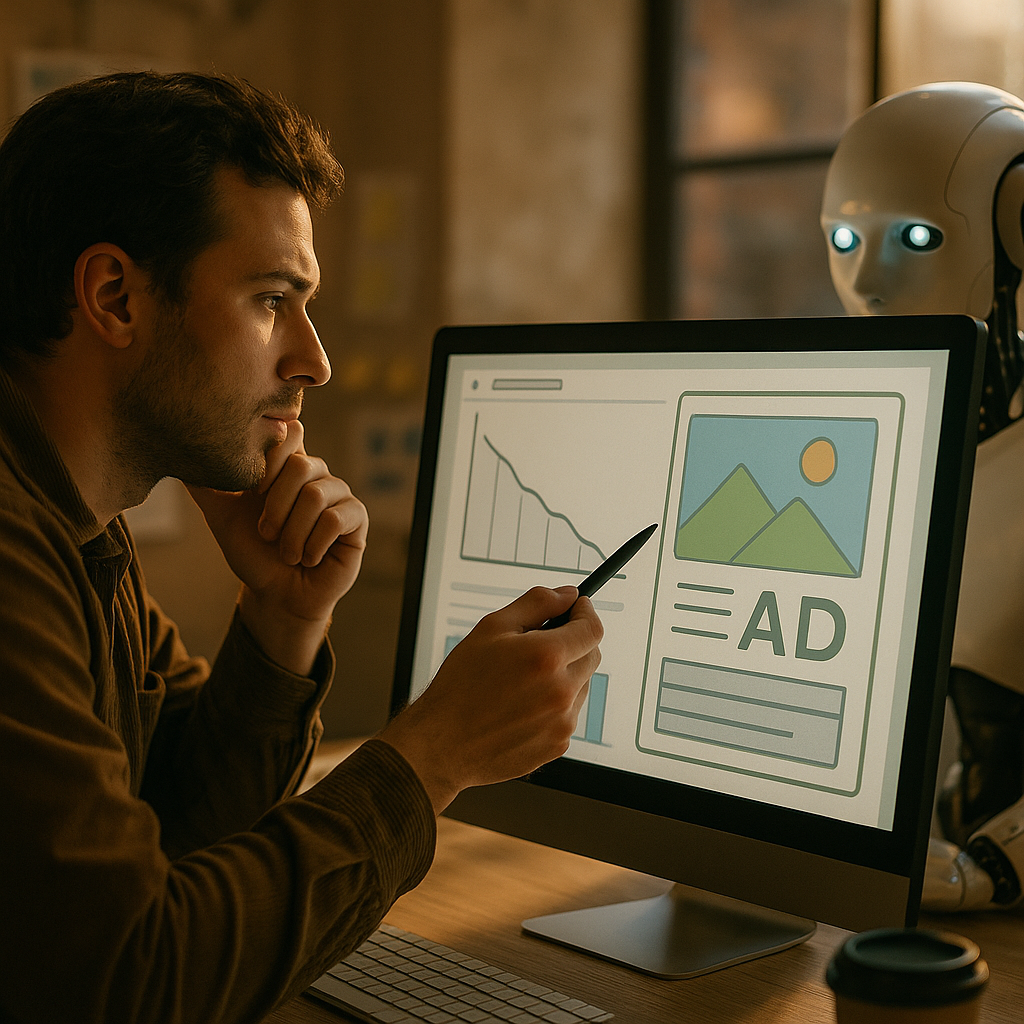AI for creative fatigue analysis is revolutionizing how brands predict when their content style is losing impact. As content saturation soars in 2025, innovative AI solutions empower marketers to proactively revamp strategies. But how exactly does this technology work, and what does it mean for consistent brand performance? Dive in to discover the future of creative optimization.
Understanding Creative Fatigue and Its Impact on Campaign Performance
Creative fatigue occurs when audiences become desensitized to a brand’s repeating content style, lowering engagement, click-through rates, and overall ROI. In today’s digital landscape, ads and organic content flood every platform, making it vital to detect declining interest fast. Research from leading marketing analytics firms shows that fatigued creative can decrease campaign effectiveness by up to 60% in mere weeks.
This phenomenon isn’t limited to advertising. Social media posts, video formats, influencer partnerships, and email outreach are all affected. Recognizing the early signs—diminishing engagement, static followership, ad blindness—is crucial for keeping your campaigns impactful and your return on investment steady.
The Role of Artificial Intelligence in Predicting Content Fatigue
AI-powered creative fatigue analysis leverages advanced pattern recognition, computer vision, and natural language processing to monitor how content is performing in real time. By analyzing metrics such as engagement rates, sentiment analysis, dwell time, and scroll depth, AI tools detect subtle declines in audience attention long before humans spot them.
Machine learning algorithms can compare multiple campaign variables: images, colors, copy styles, headline formats, and even post timing. This multidimensional analysis not only highlights what’s losing its edge but also identifies which specific elements are causing the drop—empowering marketers to make targeted, data-driven adjustments. With continuous monitoring, AI systems offer predictive warnings, flagging when content style is likely to plateau or start declining.
Developing Effective Creative Fatigue Detection Models
The reliability of AI-based creative fatigue detection stems from high-quality data and sophisticated feature modeling. Leading solutions integrate:
- Historical performance data: Engagement and conversion metrics across past campaigns form a baseline for trend comparison.
- Audience segmentation: Models examine how different demographic or behavioral groups respond to style changes.
- Visual and textual analysis: Computer vision and language models assess the evolution of design, color schemes, typography, and messaging for repetitiveness.
- External benchmarks: Comparing against industry-wide trends reveals if style fatigue is brand- or market-specific.
Intelligent algorithms consider campaign lifecycle, seasonality, and platform-specific dynamics to avoid “false positives”—ensuring brands pivot on style only when truly needed. This level of precision means marketers optimize creative investment instead of relying on intuition alone.
Integrating Predictive Creative Fatigue AI Into Workflow
Adopting AI for creative fatigue is practical and increasingly mainstream among industry leaders in 2025. Integration typically follows these steps:
- Data onboarding: Upload historical and current creative assets and related metrics.
- Calibration: The AI learns brand guidelines, audience segments, and key business objectives.
- Continuous monitoring: The platform analyzes content performance 24/7, surfacing actionable insights and predictions.
- Feedback loop: Marketers fine-tune inputs, and the system adapts to new creative strategies and market shifts.
Automated dashboards notify creative and marketing teams the moment a downward trend is forecast. Many platforms also recommend specific optimizations—such as swapping imagery, revising copy, or refreshing call to action styles—so workflow interruptions are minimized.
Case Studies: Real-World Success with Predictive Creative Fatigue Analysis
Several high-profile brands have adopted AI-driven creative fatigue analysis to improve their campaign longevity and results:
- Retail giant A used predictive fatigue alerts to rotate social ad creatives before engagement fell, preserving a 25% higher conversion rate quarter-over-quarter.
- Gaming company B leveraged sentiment analysis and dwell time tracking to identify when influencer videos needed a strategy refresh, reducing ad spend waste by 30%.
- Global beverage brand C incorporated AI-driven sequence recommendations, effectively extending the life of a viral campaign by five weeks above industry average.
These outcomes underscore the value of strategic, AI-led interventions—proving that data-backed decisions drive both efficiency and creativity in the ever-evolving content marketplace.
Best Practices: Using AI Insights to Innovate Content Strategy
Leveraging AI-driven insights for creative fatigue is not about eliminating the human touch but about informing and enhancing it. Leading teams in 2025 adhere to these best practices:
- Experiment regularly: Test new visual approaches, copy styles, or formats before fatigue sets in, allowing AI to validate what resonates.
- Balance consistency and novelty: Maintain recognizable branding while introducing subtle, frequent changes to keep content fresh.
- Personalize at scale: Use AI segmentation data to customize creative elements for different audience clusters.
- Collaborate between functions: Foster tight integration between data teams, creatives, and marketers to respond seamlessly to AI alerts.
Ultimately, the most effective content strategies blend predictive analytics with creative intuition, ensuring messages stay both engaging and on-brand.
Frequently Asked Questions: AI for Creative Fatigue Analysis
-
How accurate is AI at predicting creative fatigue?
When powered by quality data and robust modeling, AI can predict creative fatigue with over 80% accuracy, enabling teams to act before performance dips.
-
Do I need a large dataset to benefit from AI creative fatigue analysis?
Larger datasets improve precision, but even smaller brands can benefit as modern platforms leverage transfer learning and external industry benchmarks.
-
Is creative fatigue the same across all platforms?
No. Fatigue patterns vary by platform—what works on Instagram may tire faster on Facebook or YouTube. AI tools adjust for these dynamics in their analysis.
-
Can AI replace creative teams?
AI supports, not replaces, creative roles. It enhances decision-making by surfacing actionable insights, but human teams remain essential for concept development and storytelling.
-
How often should I refresh my content style?
There’s no universal rule, but AI helps determine optimal timing based on engagement signals, campaign objectives, and platform trends—often detecting fatigue two to three weeks before visible declines.
AI for creative fatigue analysis empowers brands to anticipate audience disengagement and proactively evolve their style. By fusing data-driven predictions with creative innovation, teams can maintain high campaign impact and brand relevance throughout 2025 and beyond.
